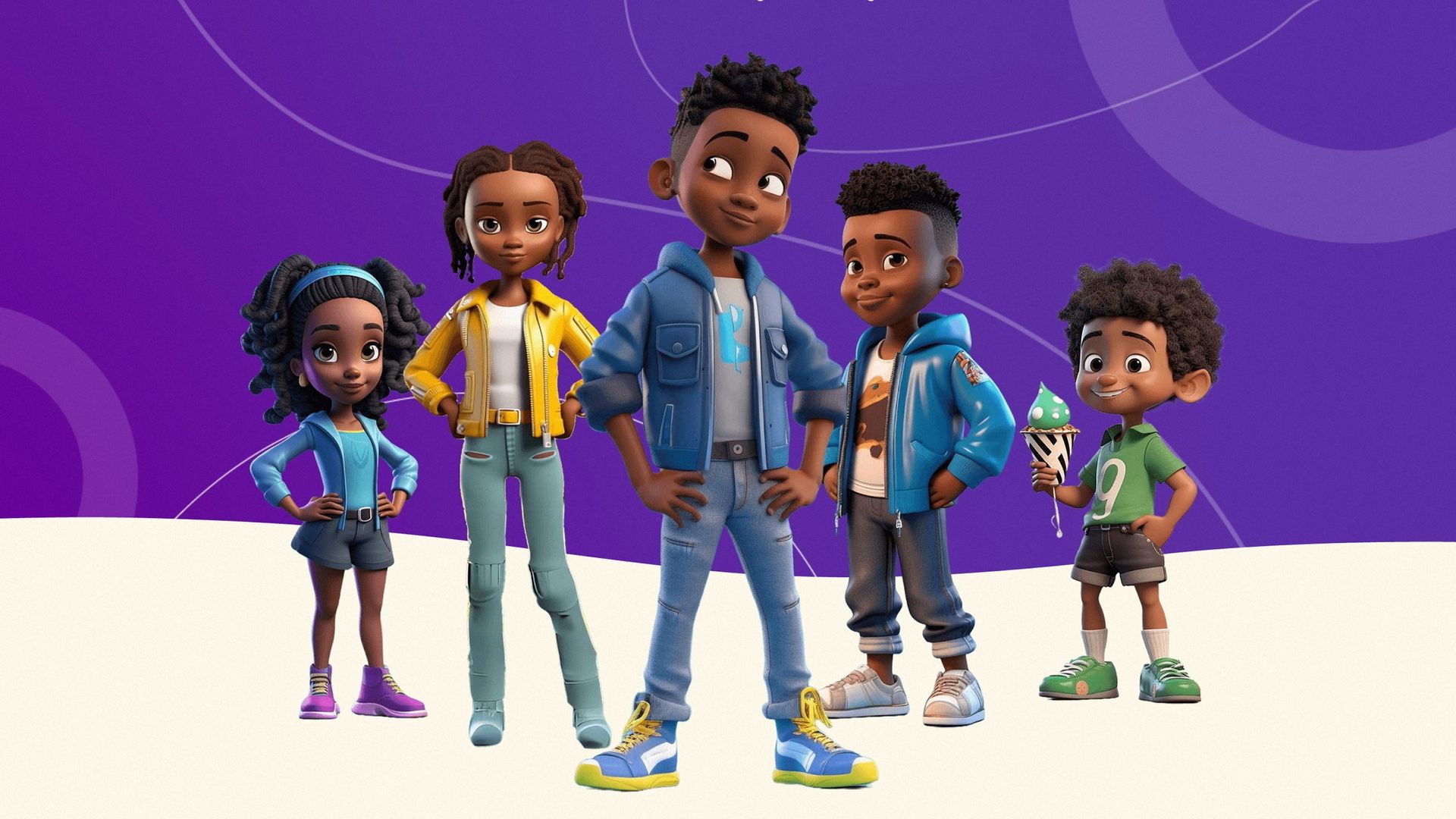
The writer is a global risk futurist at NYU and leads AI policy research at The Digital Economist think-tank
Traditional foreign aid is losing steam. Budget constraints, donor fatigue and nationalist politics have eroded the once-dominant western development model. But as governments pull back, a new actor has stepped in. Artificial intelligence is being deployed with a speed and reach that traditional organisations struggle to match. Code — not cash — is the new foreign aid.
Across the global south, AI is already doing some of the work that aid agencies once dominated. Ubenwa’s neonatal diagnostic app in Nigeria, Somanasi’s AI tutor in Kenya and Hello Tractor’s AI-enabled fleet management for small farmers are delivering essential services where public institutions are overstretched or absent.
Who is delivering this AI-powered development? It’s not the World Bank or USAID. Instead, tech companies like OpenAI, Google, Microsoft and Nvidia, alongside local civic-tech innovators, are stepping forward.
Consider what has already been rolled out. In the past year OpenAI has partnered with a primary care provider in Kenya to support local AI development in healthcare. In South Africa, billionaire Strive Masiyiwa worked with Nvidia to launch the continent’s first “AI factory” — a Johannesburg-based hub designed to train local talent and build regionally relevant models. In Kenya and Ghana, Google is investing in AI research centres. These projects are not labelled as foreign aid, but they’re delivering infrastructure, skills, and tools in exactly the areas where traditional donors have pulled back.
This work isn’t altruism, it’s strategy. The Trump administration’s recently released AI Action Plan makes the point explicit: AI is now a core pillar of foreign policy. The plan outlines a bold objective — exporting “the full AI stack” (from chips to models to standards) to build alliances, spread American values and counter Chinese influence in emerging markets.
But those values are not always clear — or universally shared. Alongside the push to expand access to “responsible AI,” US policymakers are backing efforts to remove what some see as “woke” elements from AI models — curbing progressive language on race, gender and history.
It is also worth distinguishing between tech companies that operate as agents of government strategy and those who act independently. While Chinese firms often align closely with state-backed development goals, many western AI companies follow commercial incentives — yet their actions can still serve national interests by entrenching influence, standards and dependencies abroad, whether intentionally or not.
This raises important questions. What norms and political assumptions are being embedded in the AI models that are exported? And will AI-as-aid replicate old dependencies in a more sophisticated form?
AI development may be fast and scalable — but it is not immune to the problems that have plagued foreign aid for decades. Many of these tools depend on high energy use, commercial licences and recurring model updates — opening the door to problems with sustainability, affordability and lack of local control.
To avoid repeating past mistakes, we need a new global framework. Just as Bretton Woods reimagined aid for the postwar world, a blueprint for the AI century is required — one in which compute access, data infrastructure and open models are treated as public goods. That means supporting regional training data, funding inclusive language models and investing in local talent pipelines.
The global development sector, still reeling from post-pandemic cutbacks and crises, would do well to pay attention. Whether we are ready or not, the code diplomat has arrived.